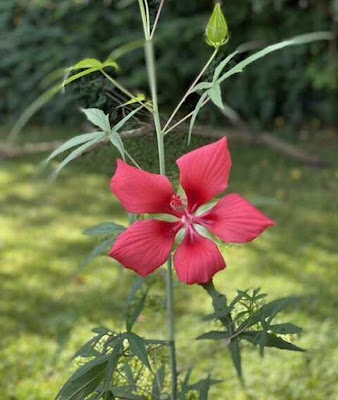The beginning of chapter “SHORT, 2002” was a process interrogation of a detective to one of two boys.
The boys are suspected commit a crime in the case of “The High School Beauty Murder”, Han Manu, 18-year-old, in the police interrogation room. Another suspect was Jeongjun, but this boy has an alibi. It was flashback of the first narrator, Da-On, the younger sister of the victim.
The victim, Hae-on, was a senior in one of high school in Seoul, South Korea. Her death body was found in a park, not too far from her school, in afternoon July 1, 2002, when Seoul was crowded with Japan-Korea FIFA World Cup.
Lemon has started with a murder and an interrogation by detective, but this novel more likely brings the readers to think about the cope of grievances than to find out the killer.
People cope their griefs differently. Coping strategies are unique to an individual, some of them are unacceptable.
The second narrator in next chapter, Shanghui, was Hae-on classmate. Shanghui and Da-on were in the same Poetry Club in their school. From this narrator, the readers able to see the pictures of the class, clubs. school, and her classmates. She was afraid to get wrong person, but she believes the girl is Da-on.
Then, she found out the girl with yellow skirt, lemon color, did plastic surgery, she changed her face into her sister’s face, and she also always wears yellow dress, like her descent sisters in her last day, wearing yellow dress.
Da-on is really in deep pain from this murder, and pain from surgery.
# To be continued to Part 2
## Previous postings:




























